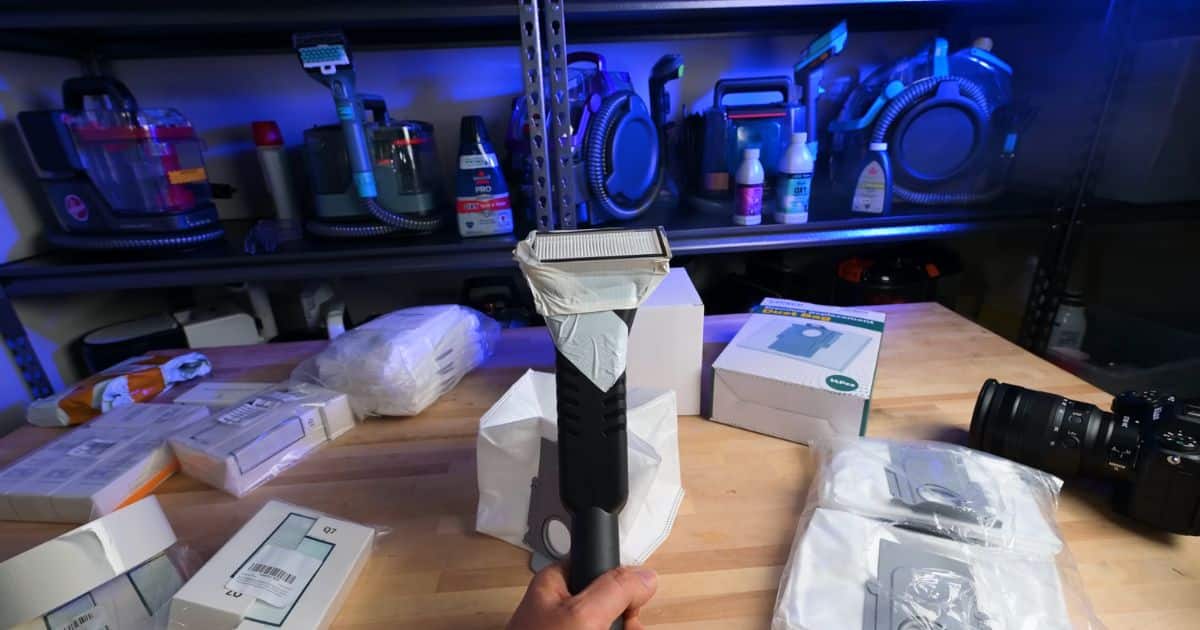Consider this: How well do the cheaper off-brand vacuum bags and filters work? That’s what we aimed to determine when we evaluated third-party HEPA filters and disposable bags for robot vacuums. The results of our assessment were eye-opening, and we almost wanted to use words like ‘scam’ or ‘scandal’. But you can decide if that language is too strong after we reveal the results of our evaluation.
If you’ve ever purchased replacement bags or filters for your robot vacuum, you likely type something into Amazon (e.g., ‘Bags for Roborock Q7’) and buy a pack of 12 third-party ones. And as long as reviews and price are good, you don’t think about anything else. After all, the price of official manufacturer bags and filters is five or six times that of the knockoff ones. So, how bad can they be?
Well, we chose one of the most popular robot vacuums, the Roborock Q7, and bought the best-selling third-party replacement bags and replacement filters for it. Then, we put them through a basic evaluation, along with the official versions, to assess their quality.

Why HEPA Filters Matter
The term HEPA stands for High-Efficiency Particulate Air. It technically refers to a filter that removes 99.97% of particles down to 0.3 microns, as per the USDOE standard. So, robot vacuum bags and filters must be made of HEPA or near-HEPA material to be effective.
And as far as we can tell, most reputable manufacturers of vacuums and air purifiers do make actual HEPA filters. But that’s not always the case with third-party sellers.
The Wild West of HEPA Claims
The problem is there’s no regulatory body that verifies HEPA claims for household products. Off-brand manufacturers can label their filters as HEPA without providing any data or evaluations to substantiate this claim.
IQAir, a US-based air purifier manufacturer, notes:
“There is no requirement that household air purifiers are tested to meet HEPA standards.” “No independent body is required to test or verify the HEPA claim.”
Basically, it’s the Wild West in the HEPA filter world. It’s easy money because, unless the consumer has specialized equipment or is very sensitive to allergens, they’ll never know if they have a genuine HEPA filter or not.
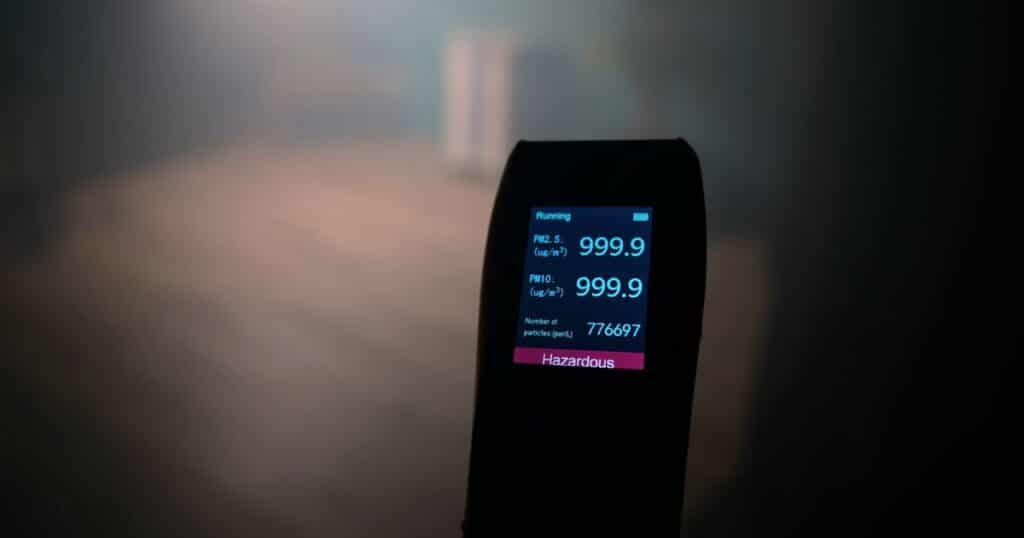
To make matters worse, even when they’re trying to abide by regulations, off-brand manufacturers have invented a confusing array of terms around HEPA.
You might see filters sold as true HEPA, HEPA-type, or HEPA-like. These sound similar but are not the same as genuine HEPA filters. They often trap fewer particles (typically only about 90%), which is significantly below the true HEPA performance standards.
In short, third-party sellers can sell counterfeit HEPA filters and make false claims about their effectiveness. And not only will you likely not be able to tell the difference, but there really isn’t anything anyone can do about it.
Vacuum Wars Fog Evaluation Explained
Before we get into the evaluation results, let’s discuss how we assessed robot vacuum bags and filters. In the past, we’ve done lots of in-depth particle evaluations using specialized, very fine dust and digital particle counters. But these days, we use a more blunt and to-the-point fog evaluation with various vacuums and air purifiers.

Our fog evaluation isn’t perfect, but it’s good at revealing that a filter isn’t an actual HEPA filter. According to smokemachines.com, the typical inexpensive fog machine, such as the one used for this evaluation, produces fog particles with diameters between one and five microns.
That may not sound like much, but when compared to the 0.3 micron size a HEPA filter is designed to filter out, 1.5 microns is quite large.
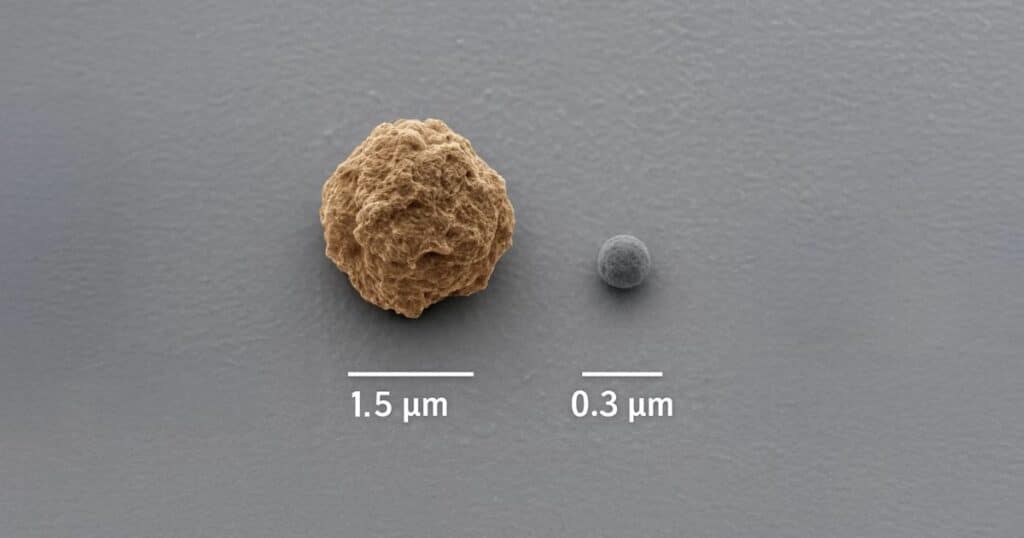
Therefore, if a filter or bag allows a significant amount of large fog particles to escape, we can be certain it’s not a HEPA filter.
Official HEPA Filters vs. Third-Party Filters
When we evaluated the official filter from Roborock, there was absolutely no visible fog. This is typical of genuine HEPA filters that filter out 99.97% of particles down to 0.3 microns.
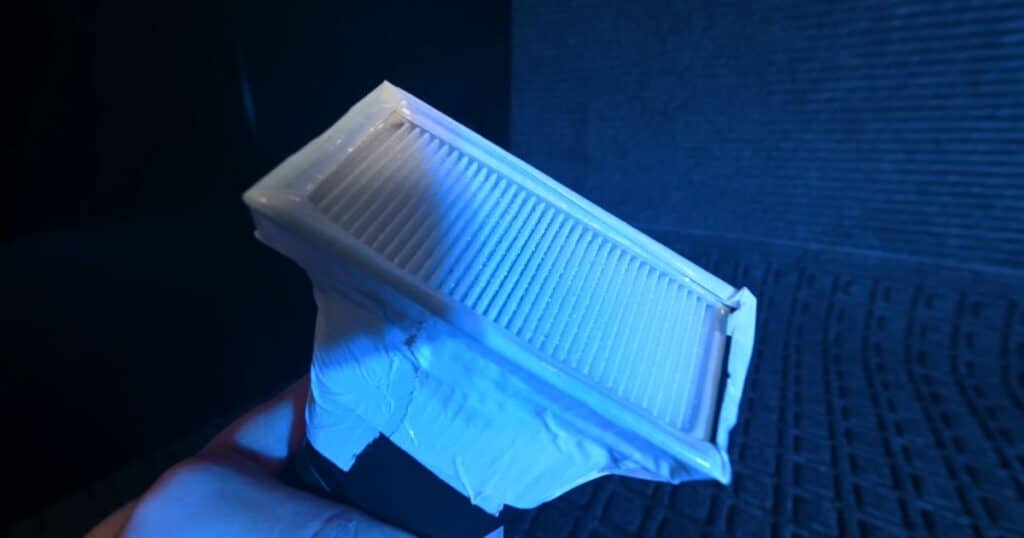
All but one of the best-selling replacement filters that we bought from other companies failed this evaluation. They spewed out tons of fog, seemingly filtering nothing but the largest of particles.
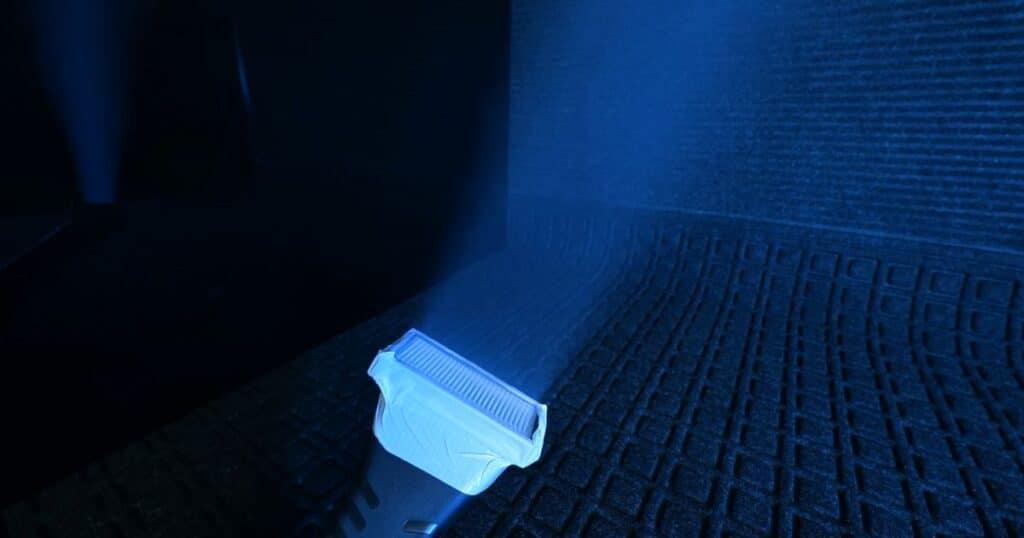
Yet, these companies made claims like the following:
- “The washable true HEPA filter can capture 99.97% of particles as small as 0.3 microns.”
- “The filtration function is as efficient as the original true HEPA washable filter.”
To be fair, most companies make less bold claims than that. Interestingly, Roborock itself makes no claims about the filters on its website or Amazon, despite them being actual HEPA filters.
But again, there was one third-party brand that passed our evaluation. The brand is called Rrochio.
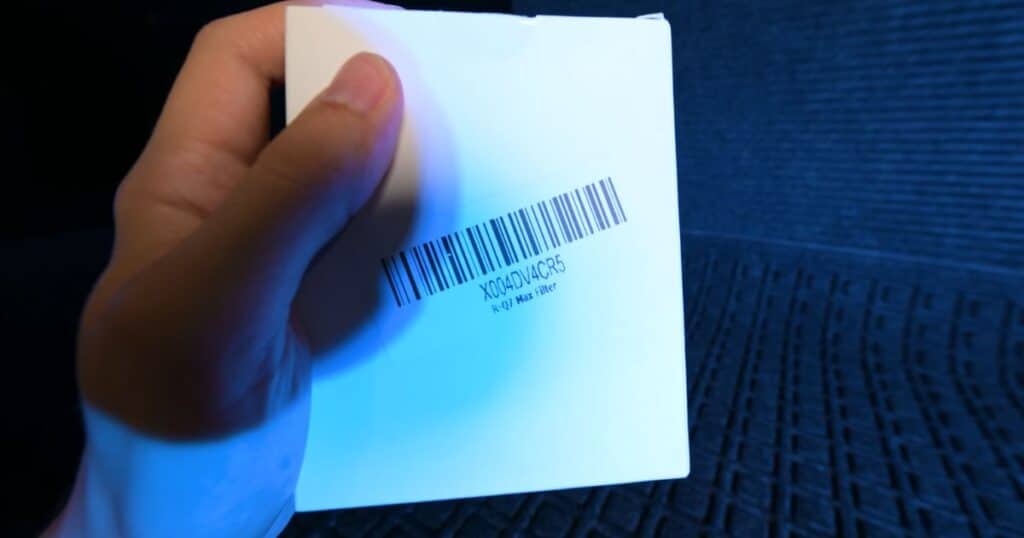
So, it’s apparently possible to manufacture HEPA filters and sell them at a low price, but it’s also clearly very rare. And as far as we can tell, there is absolutely no way of knowing which ones work like true HEPA filters.
Official Vacuum Bags vs. Third-Party Bags
The results were basically the same with our fog evaluation for the robot vacuum bags. The best-selling third-party bags all failed miserably. Every single one of them had a lot of visible fog, literally clouding up the entire room.
Again, in the case of the official Roborock product, the bag performed exceptionally well. There was very little, if any, visible fog leaking from the bag. A small amount did leak from the opening where we had difficulty sealing the bag to the hose during our evaluation. But that’s not because of its performance.
As far as the fog leaking from the bag, it seemed to be perfect or near perfect.
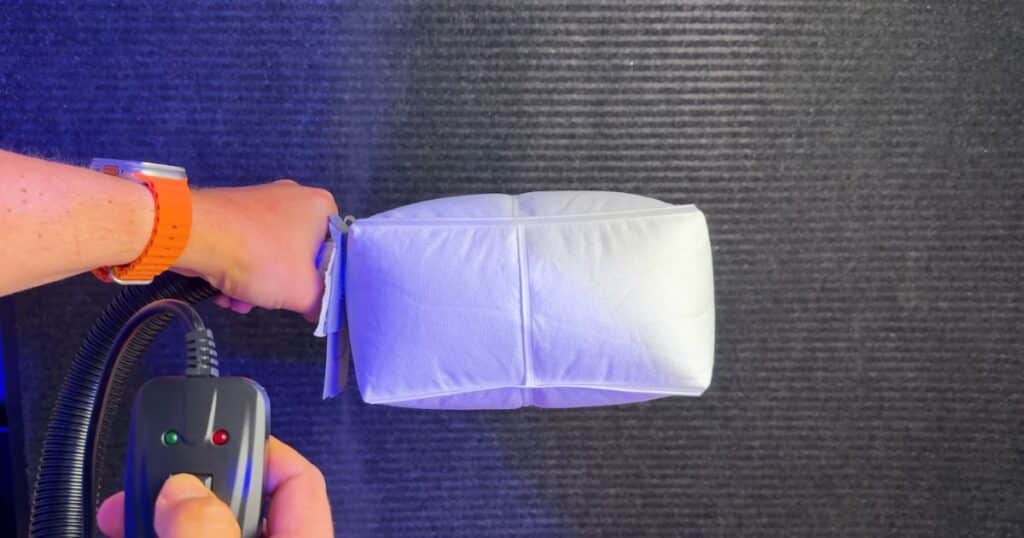
Final Thoughts and Recommendations
The moral of the story is: If you care about filtration, there’s no way to guarantee you’re getting a quality filter other than buying the official manufacturer replacement filter or bag. Even though it’s often five or six times the price, it’s well worth it.
Sure, it would be nice to know which third-party brands are actually selling genuine HEPA filters. However, as noted earlier, to our knowledge, there’s absolutely no way to do that unless you’re physically evaluating them.
FAQ (Frequently Asked Questions)
Do third-party HEPA filters for robot vacuums really work?
Usually, no. In our evaluation of several popular off-brand filters, nearly all allowed visible fog to pass through. Only one third-party option came close to the performance of the official filter. So while exceptions exist, most third-party filters do not meet true HEPA standards.
What’s the difference between True HEPA and HEPA-type filters?
True HEPA filters are designed and tested to capture 99.97% of particles as small as 0.3 microns. HEPA-type or HEPA-like filters may look similar, but often fall short. Sometimes, they capture only about 90% of particles, which is nowhere near true HEPA performance.
Why are official robot vacuum replacement filters and bags more expensive?
Official replacements typically use higher-grade filtration media that cost more to produce and perform more consistently. Many third-party products use cheaper materials, which can compromise filtration. Although official parts can be five to six times the price, that premium reflects the higher standard of protection they deliver.
Can I tell if a filter is HEPA just by looking at it?
No. Filters marketed as HEPA can look identical to those that aren’t. Without specialized equipment or a practical test, like our fog evaluation, there’s no reliable way for most people to confirm true HEPA performance.
Are third-party robot vacuum bags worth it?
Not if filtration matters to you. In our evaluations, every off-brand bag leaked significant amounts of fog, indicating that larger particles can escape. By contrast, Roborock’s official bags performed exceptionally well, with little to no visible leakage. If you want dependable dust containment and cleaner air, the official bags are the safer choice.
Want to help your robot vacuum clean better?
Keeping it in top condition only takes a few minutes each week. Our complete Robot Vacuum Maintenance Guide covers everything from emptying bins and cleaning filters to caring for mop pads and multi-functional docks—so your robot keeps running at peak performance for years to come. Read the full guide →
